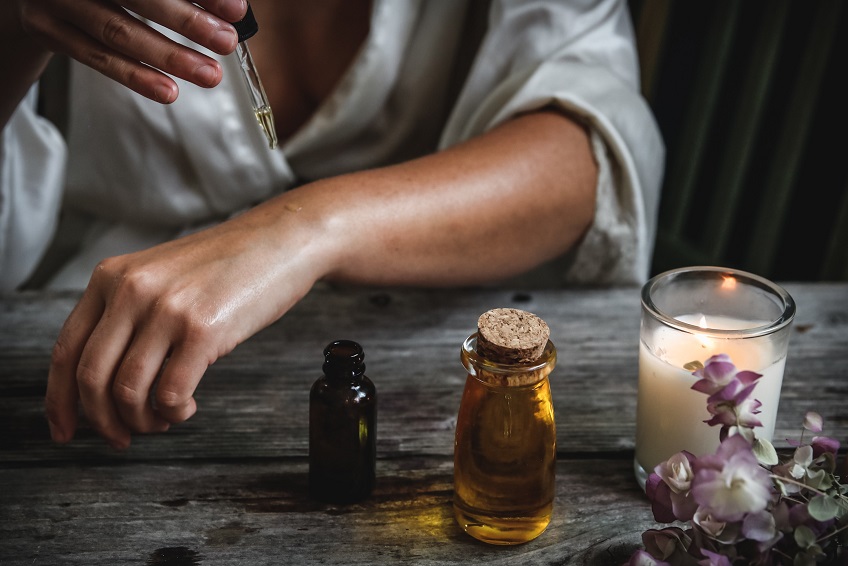
CBD, or cannabidiol, may appear to be a new phenomenon, but it has been around for much longer. As a naturally occurring substance, it has been a component part of a plant family that has existed for tens of thousands of years, despite human society’s slow understanding of its properties. With over 6 million people using CBD in the UK in the last year, it is clear that awareness is growing.
This period of explosive growth can be traced back millennia, with many records indicating that hemp was one of the first plants cultivated by humans. There are clear details relating to the use of cannabis and hemp in many different cultures around the world. Let’s piece together where this CBD journey began.
How was hemp used in the past?
The cannabis family as we know it today is vast and diverse, with hundreds of different strains, colors, aromas, and potencies, but this is the result of human experimentation. If you’ll excuse the pun, the origins of human interaction with cannabis, and thus CBD, are much simpler.
The cannabis plant originated in Central Asia, specifically the Indian subcontinent, though its use has spread much further. Archaeological evidence suggests that its cultivation began at the end of the first ice age, around 10,000 to 12,000 years ago, with the birth of agriculture. Hemp, as a strong, fibrous material, was most likely the first plant cultivated for textile fiber!
There is obviously a difference between hemp plants and CBD usage, but CBD usage has been documented for several thousand years. It’s difficult to pinpoint the first time cannabis was used for something other than textiles, but Chinese Emperor Sheng Nung used cannabis-derived medicine for the first time in 2737 BC. He drank cannabis-infused tea instead of CBD oils!
Moving forward to the modern era, hemp was once considered an essential crop. In 1533, King Henry VIII fined farmers for not growing industrial hemp! Then, nearly a century later, in 1619, Virginia settlers made it illegal not to grow hemp. Given that the plant is now illegal in some parts of the world, it’s difficult to imagine how important it was in everyday life. We’re excited to be bringing it back to prominence at Vitality CBD.
CBD was discovered when and how?
Even though hemp has been cultivated and used in a variety of ways by humans for a very long time, we did not fully comprehend its properties until the last 100 years or so. We are now in a much better position to break down the molecular make-up of the cannabis plant, including CBD, thanks to advances in biology and organic chemistry.
Roger Adams discovered CBD, an abbreviation for cannabidiol, in 1940. He isolated CBD and another cannabinoid called CBN (cannabinol) from hemp plants and speculated about the presence of the psychoactive chemical THC (tetrahydrocannabinol). Raphael Mechoulam, one of the leading names in cannabis science, did not isolate THC until 1964!
The stereochemistry (the 3-D molecular form) and properties of both CBD and THC were discovered thanks to Mechoulam’s research. What’s fascinating is that, despite the fact that THC is commonly associated with the high obtained from cannabis consumption, CBD was discovered beforehand! CBD has clearly always been a significant molecule.
What is CBD’s future?
Since its isolation in 1940, CBD has not been widely used until this side of the millennium. CBD is still being researched in the UK, and as a result, it is classified as a food product by the MHRA, which means no medical claims can be made about it.
However, there has been a recent surge in the availability of CBD oils, CBD balms, CBD e-liquids, and CBD just about anything! So, what does this mean for the CBD market’s future?
We’ve been surveying our users at Vitality CBD about what they look for in CBD products and how they most commonly use CBD, and the results have been really interesting. We’re seeing an increase in users being proactive in using CBD for situations we hadn’t previously considered—this is due to how versatile CBD is.
This is why we’ve created two bold ranges that target the uses of CBD that our audience was already using: CBD for fitness and CBD cosmetics. What is our forecast for the future? That cannabidiol will be used as a lead ingredient in an increasing number of niche products. It is, indeed, the future.









